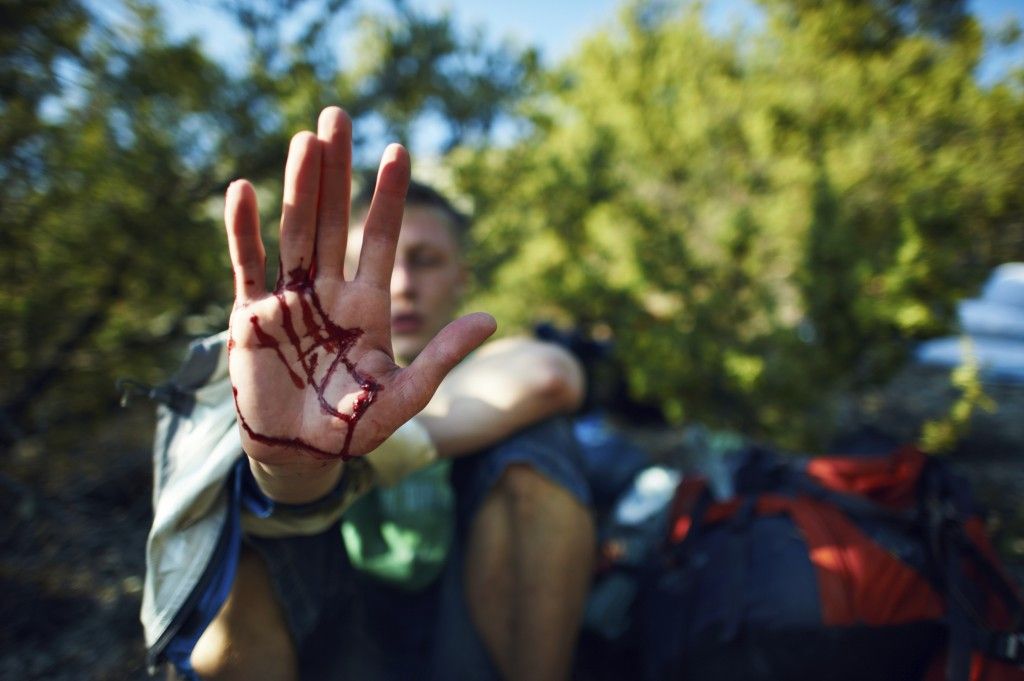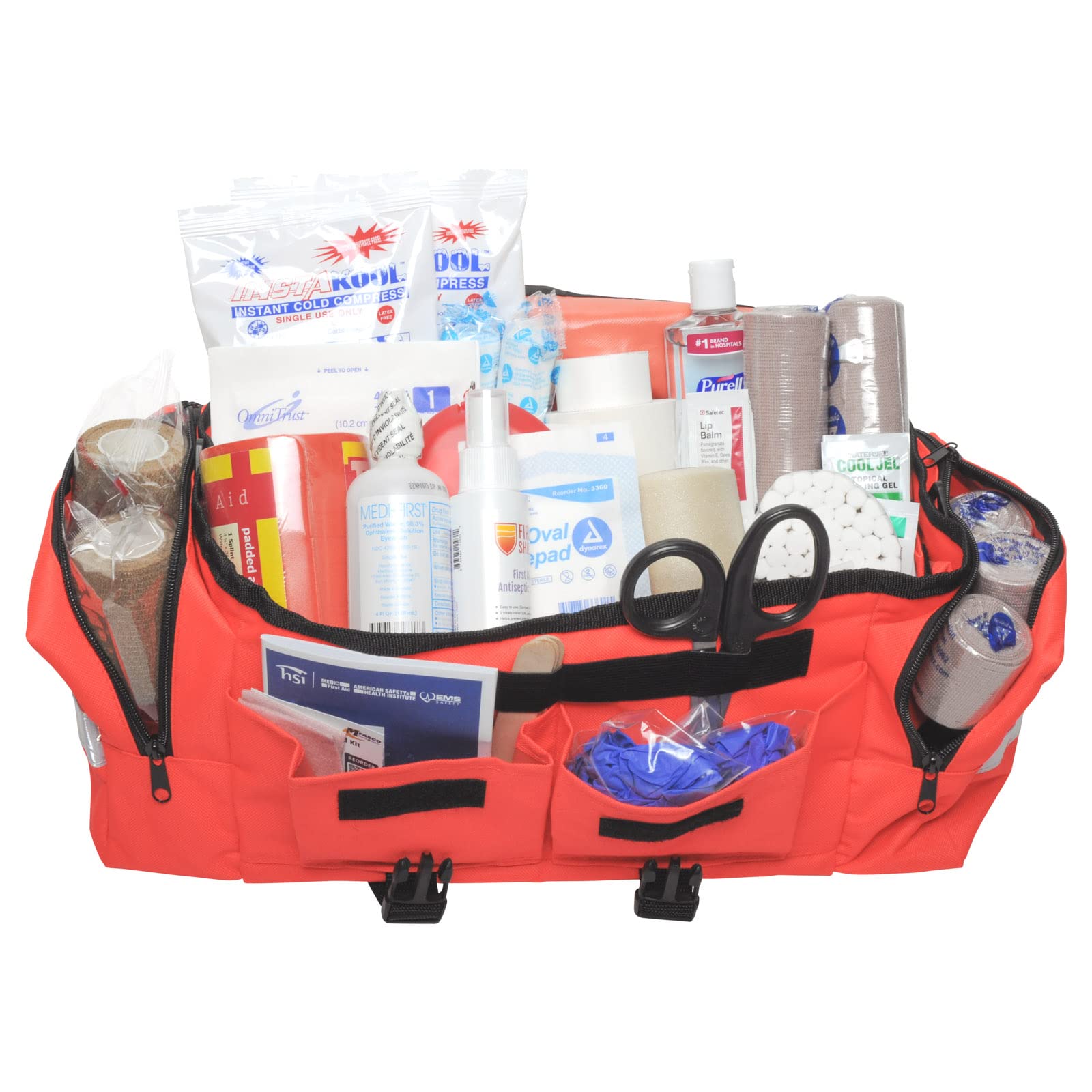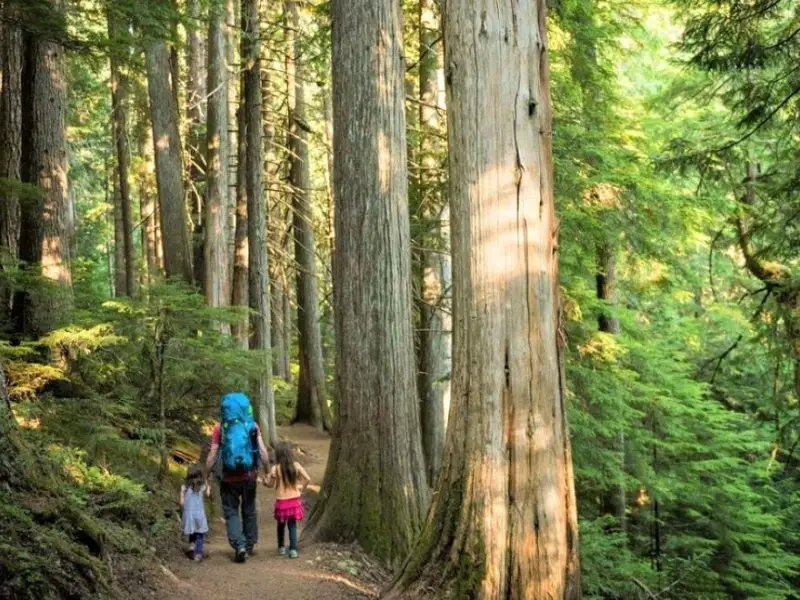To treat common outdoor injuries like sprains and cuts, clean and bandage cuts immediately, apply ice and rest for sprains. Outdoor injuries like sprains and cuts can be effectively treated by taking prompt action.
Cleaning and bandaging cuts right away helps prevent infection and aids in the healing process. Applying ice and giving enough rest are essential for treating sprains. By following these simple steps, you can effectively manage common outdoor injuries like sprains and cuts.
Taking swift action is crucial in ensuring a quick recovery and preventing further complications.
Understand The Nature Of Sprains And Cuts
Sprains and cuts are two common outdoor injuries that require proper treatment. Understanding the nature of these injuries is essential. Differentiating between sprains and cuts helps in determining the appropriate course of action. The causes of sprains and cuts can vary, so it’s important to know them.
Whether it’s a twisted ankle or a deep gash, prompt and correct treatment is crucial. By following the right steps, such as applying pressure to stop bleeding or immobilizing a sprained joint, you can effectively manage these injuries. Remember to seek professional medical help if necessary.
Immediate Response To Sprains And Cuts
Sprains and cuts are common outdoor injuries that require immediate action. Assess the severity of the injury to determine the next steps. Stabilize the injured area by immobilizing it and avoiding excessive movement. To manage bleeding, apply direct pressure with a clean cloth or bandage.
Remember to elevate the injured limb, if possible, to reduce swelling. Clean the wound and apply an antiseptic to minimize the risk of infection. Cover the cut with a sterile dressing or bandage. If the bleeding persists or the injury appears severe, seek medical attention promptly.
Taking quick and appropriate measures can help minimize pain and prevent complications. Stay prepared by having a first aid kit handy for any outdoor activities. Stay safe and take care of yourself and others.
Treating Sprains Outdoors
Sprains can be treated outdoors using the RICE method- Rest, Ice, Compression, Elevation. Natural remedies can also be used for pain relief and inflammation reduction. To support the sprained area, braces or wraps can be used to reinforce it. By following these guidelines, you can effectively treat common outdoor injuries like sprains and cuts.
Treating Cuts Outdoors
Cuts obtained outdoors should be addressed promptly to prevent infections. Start by cleaning the wound using clean water or a saline solution. Apply direct pressure on the cut to stop the bleeding. To ward off infections, consider using antiseptic ointments or natural alternatives.
Act fast to ensure wounds heal effectively and minimize the risk of complications.
Managing Pain And Inflammation
Managing pain and inflammation is crucial when treating common outdoor injuries like sprains and cuts. Over-the-counter pain medications can help alleviate discomfort and reduce swelling. Additionally, natural remedies such as cold compresses and arnica can provide pain relief and aid in the healing process.
However, if the pain or swelling is severe or doesn’t improve with at-home treatments, it’s important to seek medical attention. A healthcare professional can assess the injury and recommend further treatment options, including prescription medications or physical therapy. Remember to follow the doctor’s instructions and allow adequate time for healing to prevent any long-term complications.
Taking proper care of outdoor injuries is essential for a speedy recovery and getting back to enjoying life’s adventures.
Promoting Healing And Recovery
Promote healing and recovery for common outdoor injuries like sprains and cuts by protecting sprained areas during physical activities. Ensure rest and proper nutrition to aid overall healing. Incorporate physical therapy exercises for effective sprains and cuts rehabilitation. With the aim of safeguarding injured areas, it is crucial to pay attention to body movements during physical activities.
Rest is essential for the body to repair itself and proper nutrition helps in the healing process. Additionally, physical therapy exercises facilitate rehabilitation by strengthening the affected areas and restoring their functionality. These exercises should be performed under professional guidance to ensure optimal results.
By following these guidelines, you can effectively treat and recover from common outdoor injuries, enabling you to get back to enjoying your active lifestyle.
Preventing And Reducing The Risk Of Outdoor Injuries
Preventing and reducing the risk of outdoor injuries involves taking precautions, like preparing and wearing appropriate protective gear. By strengthening muscles and improving flexibility, you can minimize the chances of sprains and cuts. Engaging in regular exercises that focus on these areas helps in preventing such injuries.
Additionally, being mindful of your surroundings and avoiding hazardous situations can further reduce the risk. Whether it’s wearing the right footwear or using tools correctly, taking proper precautions goes a long way in ensuring your safety during outdoor activities. So, remember to prepare yourself adequately and take necessary measures to prevent common injuries when venturing outdoors.

Credit: eurekacamping.johnsonoutdoors.com
Recognizing Signs Of Complications
Recognizing signs of complications is crucial to treating common outdoor injuries like sprains and cuts. It’s important to identify signs of infection in cuts, such as redness, swelling, or pus. Additionally, understanding the potential complications of sprains left untreated is essential for proper care.
If you notice increased pain, difficulty moving the affected area, or persistent swelling, it may be necessary to consult a healthcare professional. Prompt medical attention can prevent further damage and ensure a faster recovery. Whether it’s determining if a cut is infected or recognizing when a sprain needs professional treatment, being proactive and attentive to signs of complications is key.
Remember to prioritize your health and seek medical advice whenever necessary.
Frequently Asked Questions Of How Do I Treat Common Outdoor Injuries Like Sprains And Cuts?
How Do You Treat Common Outdoor Injuries?
Treat common outdoor injuries with first aid measures like cleaning wounds, applying ice packs, and bandaging. Always seek professional medical help for severe injuries.
What Are The Common Outdoor Injuries?
Common outdoor injuries include sprained ankles, cuts and bruises, sunburns, insect bites, and broken bones.
What Is The First Aid In Common Injuries In Outdoor Activities?
The first aid for common injuries in outdoor activities includes cleaning wounds, applying pressure on cuts to stop bleeding, and immobilizing fractures.
What Is The First Aid Treatment For Sprains And Strains?
The first aid treatment for sprains and strains includes rest, ice, compression, and elevation.
Conclusion
Knowing how to effectively treat common outdoor injuries like sprains and cuts is crucial for outdoor enthusiasts. By following the proper treatment protocols, you can minimize pain and promote faster healing. If you encounter a sprain, remember the RICE method: Rest, Ice, Compression, and Elevation.
Taking these steps can help reduce swelling and provide necessary support to the injured joint. For cuts or wounds, clean the area gently with mild soap and water, apply an antibiotic ointment, and cover it with a sterile bandage. It’s important to keep an eye on any signs of infection and seek medical attention if necessary.
Remember to always be proactive in preventing injuries by wearing appropriate protective gear and practicing caution in outdoor activities. By staying prepared and informed, you can enjoy your outdoor adventures while minimizing the risk of common injuries.



